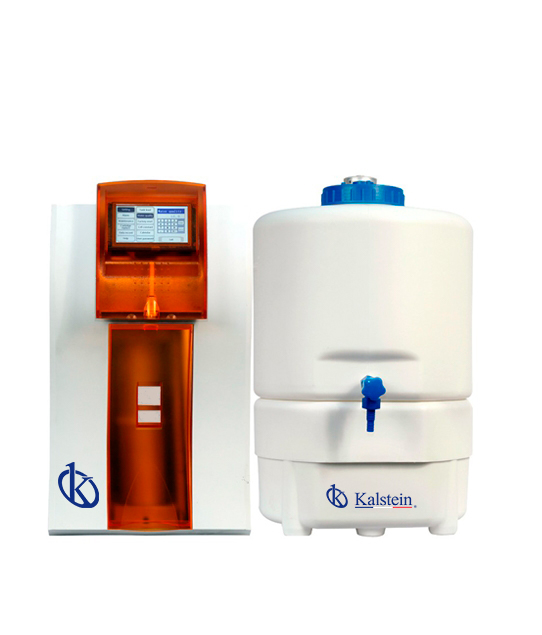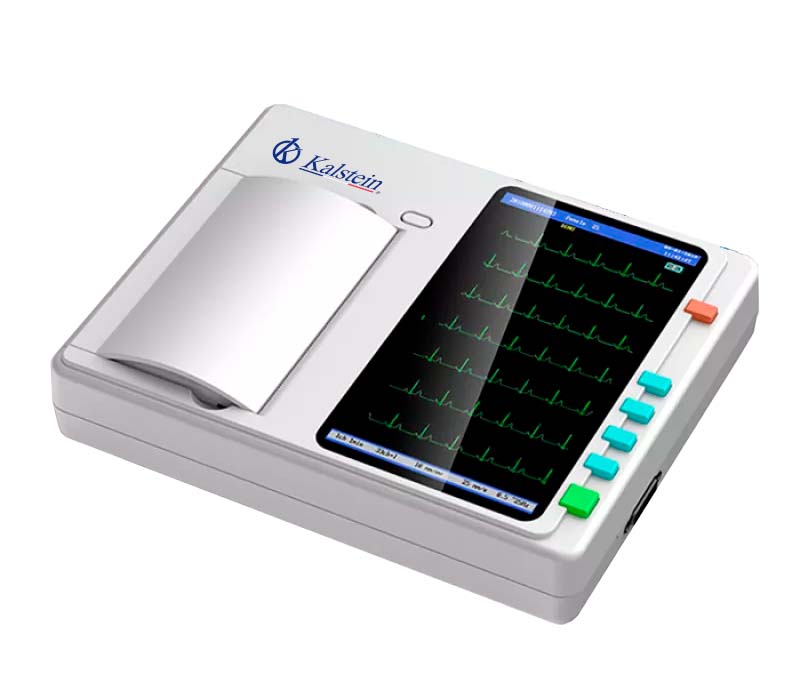The quality of the water in the laboratory is one of the main concerns of those trying to carry out accurate and efficient experiments. The overall water purification process involves not only the final ultra-purification stage, but also a pre-treatment stage. Since the latter removes most of the contaminants in tap water, optimal quality water can only be achieved in the laboratory if the pretreatment stage can be trusted to produce purified water that meets specifications.
Purified water is essential in all laboratories. In addition to being used to wash glassware and prepare solutions for chemical and clinical tests, it also serves as feed water for systems that produce ultrapure water. Ultrapure water is used in the crucial applications or experiments, HPLC, immunohistochemistry, in vitro fertilization, ion chromatography, to name a few. Hence the importance of laboratories having excellent water purification systems.
What is water purification?
Water purification refers to the process by which residues (or impurities) of this inorganic chemical compound made up of two hydrogen atoms and one oxygen atoms are removed.
The level of purity of water is classified into different types. Type III water is normally obtained after a first purification process. After this first stage, the water can be re-purified to a type II level of purity. Finally, for certain uses it is necessary to achieve a type I purity level, for which a more elaborate final purification process must be applied. Here are the main characteristics of these waters:
- Type I water: Known as ultrapure water or the highest quality water. Free of ions, organic compounds, and is the most appropriate for techniques with analytical sensitivity. Its maximum conductivity is 0.1 µS / cm at 25 ºC and its maximum silica content is 0.01 mg / l.
- Type II water: Contains very low levels of organic and inorganic contaminants. It is obtained by reverse osmosis or by deionization and used in buffer solutions, to dilute reagents, in histology, general chemistry, drug production. Its maximum conductivity is 1 µS / cm at 25 ºC and its maximum silica content is 0.02 mg / l.
- Type III water: It is produced by distillation or by reverse osmosis. It is widely used in laboratories.
What is an ultra water purifier?
It is an equipment for ultra-purification of water, it is a specialized equipment for water purification, in accordance with the internationally required specifications. This equipment is intended to obtain water of the highest quality for use in laboratories, food industries, pharmaceuticals and in any other place where it is necessary to use pure treated water.
Many labs require pure and ultrapure water every day. At Kalstein we are MANUFACTURERS and we are aware of how important it is for scientists to obtain water of the highest quality, ranging from the primary level, for a simple washing routine, to the ultrapure water necessary for the most critical science and analytical applications. . That is why we invite you to take a look at: HERE




